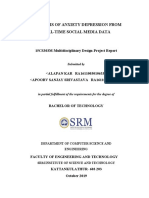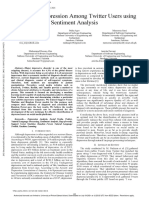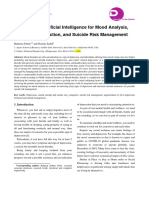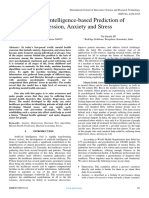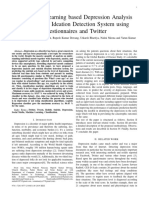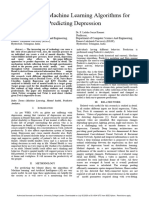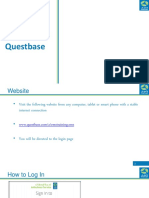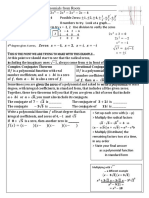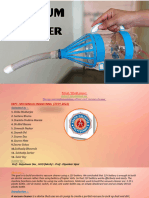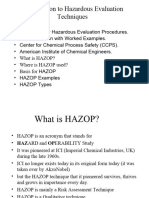0% found this document useful (0 votes)
35 views5 pagesImplementation Paper (1) (AutoRecovered)
This document discusses a machine learning approach to predict depression severity from social media posts, utilizing deep learning models like CNNs and LSTMs. It highlights the challenges of traditional clinical assessments and proposes an attention-based model that enhances explainability and reliability in mental health detection. The proposed method demonstrates superior performance in predicting depression intensity compared to existing models, aiming for timely interventions during the ongoing COVID-19 pandemic.
Uploaded by
04 Tejaswini Sanjay ChikaneCopyright
© © All Rights Reserved
We take content rights seriously. If you suspect this is your content, claim it here.
Available Formats
Download as DOC, PDF, TXT or read online on Scribd
0% found this document useful (0 votes)
35 views5 pagesImplementation Paper (1) (AutoRecovered)
This document discusses a machine learning approach to predict depression severity from social media posts, utilizing deep learning models like CNNs and LSTMs. It highlights the challenges of traditional clinical assessments and proposes an attention-based model that enhances explainability and reliability in mental health detection. The proposed method demonstrates superior performance in predicting depression intensity compared to existing models, aiming for timely interventions during the ongoing COVID-19 pandemic.
Uploaded by
04 Tejaswini Sanjay ChikaneCopyright
© © All Rights Reserved
We take content rights seriously. If you suspect this is your content, claim it here.
Available Formats
Download as DOC, PDF, TXT or read online on Scribd
/ 5















